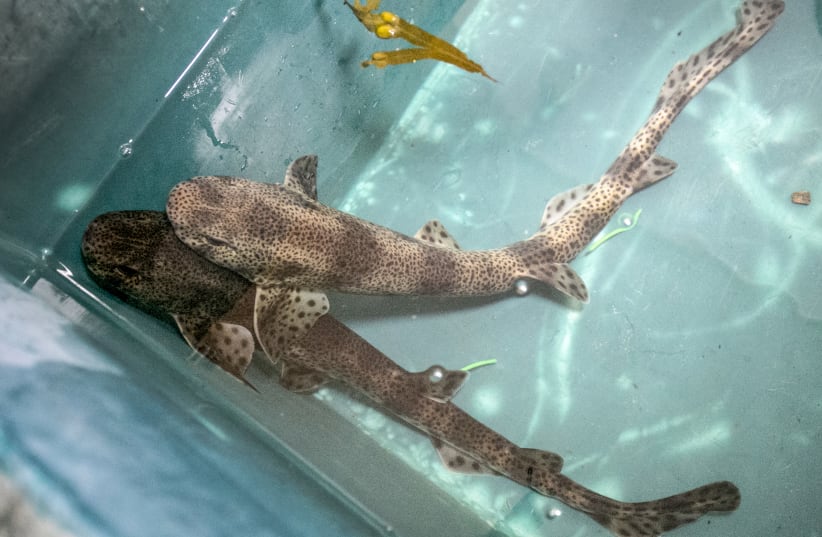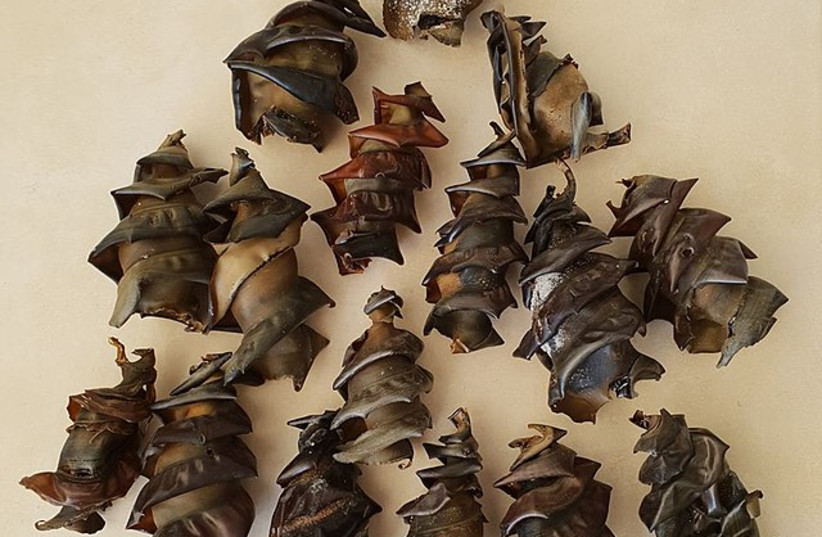Decades ago, a dead pregnant female shark was collected off the coast of Western Australia. Its species was at first misidentified and it then languished in a museum, until recently, scientists reexamined the case by analyzing the shark's bizarre eggs.
The newly discovered deepwater catshark with bright shiny white irises was recently described in a peer-reviewed paper published in the Journal of Fish Biology. It was named Apristurus ovicorrugatus, which is derived from the Latin for egg, "ovi," and "corrugatus," meaning corrugated, in reference to the strange-looking egg cases that led to the species' discovery.
Bizarre shark eggs
The reexamination of the decades-old shark was prompted by findings of the species' bizarre egg cases.
It started after one of the eggs containing an embryo was found. While the researchers could identify the embryo as belonging to the Apristurus genus, it did not match any known species. A decade later, two more examples of this egg case were found in the Australian National Fish Collection.
The authors of the paper then searched through Australian fish collection databases to determine if any whole Apristurus specimens had been collected from the same geographic area and depth range where the strange eggs were found - and discovered the misidentified pregnant female.
After close examination, they found that it contained a single egg case that matched their mysterious egg case finds and so could establish their discovery of a new species of shark, and its eggs.
"Luckily the female specimen we found contained an identically ridged egg case and confirmed our suspicions," White said.
"The egg cases possessed very distinctive longitudinal ridges on their surfaces which were T-shaped in cross-section," White said. "Only one other species in the world has been found to have egg cases with that form of ridging and that is a different genus entirely."
The reason for the ridges is not yet fully understood, however, the researchers speculate that they could alter hydrodynamic flow across the egg case which may assist with the respiration of the developing embryo and orientate the egg case in the direction of the current. Furthermore, the T-shaped ridges would likely strengthen the egg case against bumps and bruises.
The shark itself is easily distinguished by its eerie-looking bright white eyes.
"This is not a common feature for a deepwater species and only one other species, Apristurus nakayai from New Caledonia and PNG [Papua New Guinea] shares this character," Will White, an ichthyologist with Commonwealth Scientific and Industrial Research Organization (CSIRO), told Live Science.
The genus Apristurus now has 40 known species, with possibly more yet to be found.

